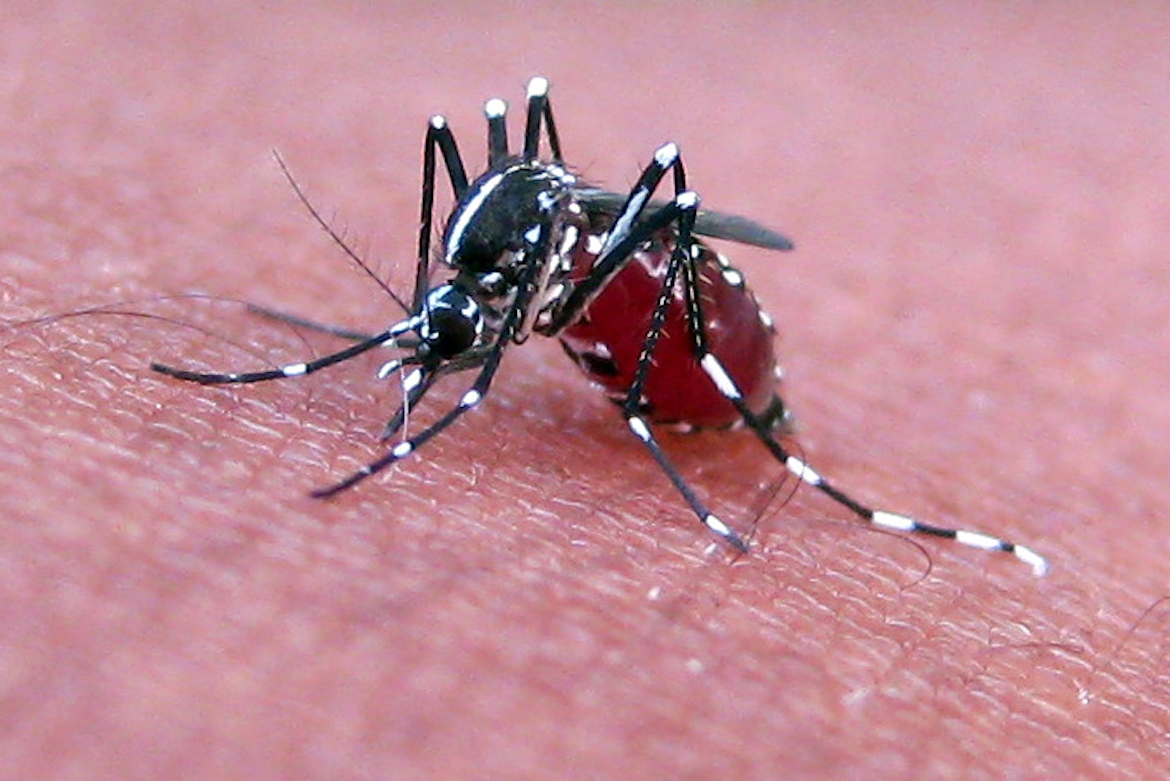
Sub-zero temperature won’t have big effect on insect pests
Friday, March 5, 2021
Although recent subzero temperatures put the big chill on the human population, the insect population fared better.
“While some insects leave the area in the winter and return in the spring, there are others that make their own antifreeze,” said Tom Royer, Oklahoma State University Extension entomology specialist. “The greenbug, for example, can withstand temperatures of up to minus 9 degrees Fahrenheit, so they often survive the kind of temperatures we had in February.”
Many Oklahomans are wondering about this summer’s mosquito population. Did the cold weather put the kibosh on them? Unfortunately, the answer is no.
Royer said as a kid, his family used to go camping in northern Minnesota every year, which is another state well populated with the pesky mosquito. The bug is often referred to as the unofficial state bird of the State of 10,000 Lakes.
“Mosquitoes have the same cold weather coping behaviors. As with many species, female mosquitos find overwintering shelters called hibernacula and go into a quiescent period to spend the winter,” he said. “They, like other insects, also may produce a natural antifreeze in their blood to avoid ice crystal formation and are able to supercool themselves. Other species overwinter as eggs, larvae or pupae.”
OSU Extension livestock entomologist Justin Talley explains how mosquitos over-winter.
Honeybees are another example of insects adapted to freezing temperatures. They make honey to use as food during the winter and are able to generate heat by forming clusters and vibrating their wings. Royer said the bees on the outside of the cluster work their way toward the middle and push out the bees that are warm, repeatedly taking turns.
“The only one who doesn’t repeat the cycle is the queen bee. She’s always in the middle and taken care of,” he said. “The same is true for ant colonies. The ants will make sure the queen is protected by plugging up the outside hole so cold air doesn’t get in the den.”
Will Oklahomans get a reprieve from ticks and fleas this summer due to the extended cold snap? Royer said that isn’t likely either. During the winter, ticks are their host, so if the host is warm, so are the ticks.
“Our main concern for ticks is if we have a mild, wet spring. Those conditions really allow the tick population to blow up,” Royer said. “A warmer, dry spring and summer? That’s not as good for the tick population.”
If not six legs, what about eight legs? Homeowners who were hoping for a decrease in the spider population won’t get a reprieve either. Royer said spiders living indoors benefit from human heating systems, while spiders locked outside have their own overwintering strategies, too.
Royer discusses insects and freezing temperatures in this recent segment of SUNUP, OSU’s Division of Agricultural Sciences and Natural Resources television program.
MEDIA CONTACT: Trisha Gedon | Agricultural Communications Services | 405-744-3625 | trisha.gedon@okstate.edu
